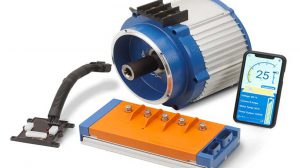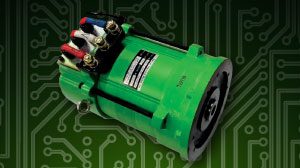Question:
How do I adjust the brakes on a Club Car
Bob from CA
Answer:
Before doing anything please take a moment to act on safety! Always wear eye protection.
1995 Newer Auto- Adjusting Brake Adjustment Process
While these brakes are considered “self-adjusting”, they do require some attention in order to maintain their performance.
Rule #1 – NEVER adjust the brake cables tighter in order to improve the pedal travel. While cable adjustment may occasionally be necessary, save this step for the last.
If your brake cables have been tightened up previously, loosen the cables under the car just enough that you know that the rear brake levers (which the cables pull on at the rear wheels) are able to return completely to their rear most position. If the cables and the rear brake levers won’t return to the rear most position on their own, the cable may me corroded or worn and should be replaced.
Then sitting stationary, push down on the brake pedal with both feet really hard and you will hear a click at the rear of the car. Keep doing this (pumping the pedal) until the clicking stops. Then adjust the cables just tight enough that they hold the car securely on a hill when the park brake is on the second notch.
Old Style Club Cars
Disconnect the battery or battery pack, use proper lifting equipment and proper jack stands for supporting the car. Some electric cars will have a Run/Tow switch and this switch must be moved to the Tow position before disconnecting the battery pack. At this point lift the rear of the car and place the jack stands in a secure spot that will support the car. The following steps will allow for optimal adjustment.
1) Remove both wheel assemblies.
2) Release the brake pedal parking brake.
3) Back off the brake cable adjusting rod so there is not any cable tension on the shoe lever arm.
4) Remove the brake drum, it make be necessary to remove keeper clips on the wheel studs on some models. It may be necessary on some units to back off the brake adjuster in order for the drum to be removed. Some units use an axle nut that holds the drum in place, with this style retain the cotter pin for use later.
5) Now that the shoe and backing plate is exposed, inspect the shoes for wear, sticking, debris or poor fitting to drum. At this point wear some sort of respiratory devise to protect your lungs from foreign debris. With light air pressure blow the brake dust and debris from the shoes and backing plate. Clean the drum in the same manner. You can also use a cleaning solution such as CRC Brake Clean. Again do not directly breathe the solution!
6) Now that things are clean and no binding or sticking is noticed in the shoe movement we can move to the adjustment. For self adjusting brakes the drum should slide on and turn freely with out any resistance. If it is too tight take the drum back off and back off the star adjuster until the drum is free to turn 360 degrees without dragging to a stop.
From this point on the shoe will self adjust under normal operating conditions. Likewise if the drum is too loose you will need to tighten the shoes to a drag and than back off to free movement. For manually adjusted shoes put the drum back on the axle. Turn the adjusting screw or star until the drum locks up. At this point back the adjuster off three to five “clicks” and at this point the drum should turn freely.
7) Put the tires back on and torque the lugs to 50 foot pounds.
8) Now we need to adjust the brake pedal height (do not confuse this with brake shoe adjusting), as you push on the pedal you should feel 2 or 3 “clicks” or ¾ to 1″ free play. If you do not see this amount of travel adjust the cable adjusting rod that you released in step #3. Connect the battery or batteries. Place the car in Run position (if required).
9) Place the car on the ground and test drive in a safe area. You are finished if no problems exist. If problems exist repeat the above procedure, you missed something.
10) Make sure ever thing is tight and in place before normal usage.











